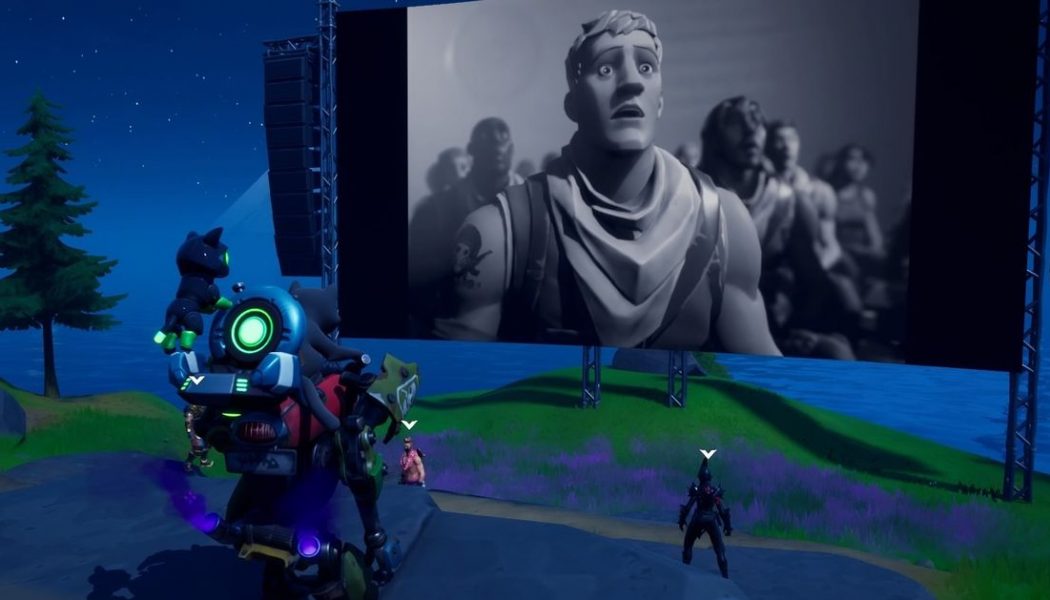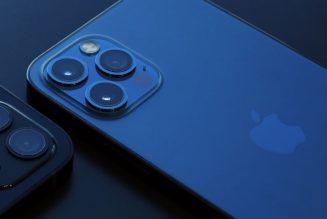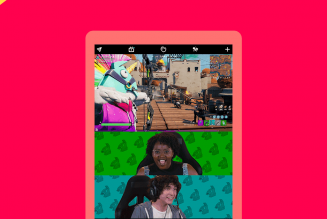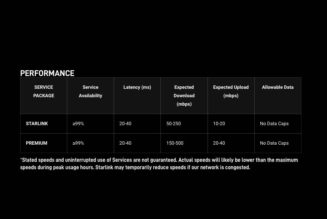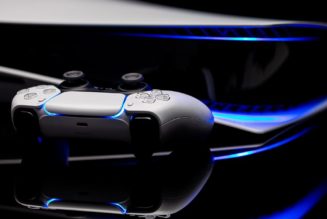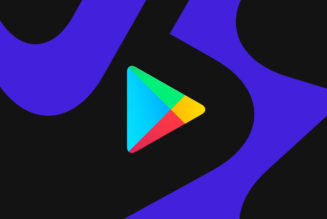
Epic Games took on Apple and Google in a very public way last week to protest what it believes are monopolistic app store policies. But Epic was prepared for the fight in part because it knows how to make a spectacle, having already pulled off massive in-game events like the appearance of a giant rolling cube and a volcano eruption. The studio applied tactics it has perfected to hype those events in its disputes with two of tech’s biggest companies.
If you haven’t experienced one of Fortnite’s events, they are enormous in scope. Last summer, a towering robot and a giant kaiju monster fought in a cross-island showdown. In June, a mysterious device teleported players between realities and eventually turned the ever-threatening storm into a huge wall of water. The most famous event sucked the entire game’s world into a black hole for nearly two days. And millions of people tune in: the first Travis Scott Fortnite concert in April had more than 12 million attendees, according to Epic.
While the events have all been exciting, they weren’t always easy to watch. For some of Fortnite’s first events, such as a rocket launch in June 2018, other players could kill you while you were trying to watch the spectacle. But for some time now, Epic has activated a special mode just for events, advises players to join early, and turns off shooting while the show is taking place. And the new violence-free Party Royale mode has given Epic the opportunity to try out events on a different kind of scale, like full concerts, viewings of the show We The People, and airings of Christopher Nolan movies.
Epic typically puts a lot of effort into hyping events by plastering notices in-game and on social media to let players know that something is coming. And when the events do happen, they kick off at the exact same time for every one of Fortnite’s millions of players on every platform Fortnite runs on (which includes the PlayStation 4, Xbox One, Nintendo Switch, PC, Mac, and — for now — iOS and Android).
That time spent honing its marketing for in-game events all led up to last week. Epic used everything it knows about how to get millions of people to show up to its events to pull off Fortnite’s biggest event yet — a showdown with Apple and Google.
It all started when Epic published a blog post on Thursday morning announcing a permanent 20 percent price drop on V-Bucks, Fortnite’s in-game virtual currency that was immediately available on every platform. For mobile players, though, there was a slight difference. Epic allowed you to buy V-Bucks at the new cheaper rate by going through its own payments system, or you could use Apple and Google’s payment systems to get them at a higher price. That direct payment system was in violation of app store policies on both mobile platforms.
On the afternoon of August 13th, Apple banned Fortnite. Bloomberg’s Mark Gurman tweeted about it at 2:53PM ET. Just one minute later, Epic announced a new “Nineteen Eighty-Fortnite” short that clearly looked to parody Apple’s famous “1984” ad, which it said would be premiering in-game at 4PM ET in Party Royale. Twenty-nine minutes after that, Epic announced it was suing Apple and linked directly to the legal papers in a tweet from the main Fortnite Twitter account, which has more than 11 million followers.
That precise timing of the video and the lawsuit showed that Epic had been prepared for this exact moment. And the fact that the short would premiere in Party Royale meant that there shouldn’t be any way for players to be killed while watching it.
Epic made sure players were aware of the short, too. I hopped into Fortnite about 30 minutes before it premiered, and before I even got to the lobby, the game showed me an in-game advertisement for the event. Once I was in a Party Royale match, I mistakenly went to a section of the island with a concert stage and a giant screen, but thankfully, the screen flashed a map pointing to the other side of the island. I saw after the fact that Epic tweeted the map, too.
And sure enough, when I went to where the map was pointing, there was another giant screen that was counting down to the premiere. (Countdowns, by the way, are table stakes for a Fortnite event.)
The short, which was only 48 seconds long, was impressive. Epic regularly makes cinematic shorts for new updates and skins, and the studio used its filmmaking skills to lampoon Apple’s famous commercial. Epic re-created iconic shots from the ad with characters that would be instantly recognizable to Fortnite fans and portrayed the Big Brother-esque character representing Apple as a literal talking apple.
The short concluded with a hashtag — #FreeFortnite — which Epic then used as the title of a blog explaining Epic’s position on Apple pulling Fortnite. In the post, Epic noted that iOS players currently won’t be able to play the game’s upcoming next season (which will likely be packed with significant updates), and called on players to “join the fight against @AppStore on social media with #FreeFortnite.”
Epic then put the “Nineteen Eighty-Fortnite” short on loop on its Twitter, Twitch, and YouTube channels — a trick it also used for the black hole event — where it had thousands of simultaneous viewers across all three platforms. But while the black hole live streams were a way to build hype, Epic streamed the “Nineteen Eighty-Fortnite” video on repeat to try to rally support for its cause.
While this was a detailed and well-planned campaign against Apple, Epic used many of these tactics just a week earlier to promote the addition of drivable cars to Fortnite. That update was accompanied with a cinematic short, in-game notices, tweets, and a blog post on Epic’s website.
Interestingly, Epic didn’t roll out quite as much of its playbook against Google, despite Google also pulling Fortnite from the Play Store and Epic suing in response. There was no cheeky short mocking Google’s old “don’t be evil” motto. Epic didn’t announce on Twitter that it had sued Google. The studio did tweet about the game being taken off the Play Store, but that tweet was polite compared to what Epic has said against Apple.
Epic’s quieter response to Google might be because you can still play Fortnite on Android devices by downloading it directly from Epic or from Samsung’s app store — something that Epic suggests on its own website. Apple, for now, seems to be Epic’s primary target.
And while the conflict with Apple has continued to escalate — Apple has threatened to pull Epic’s access to Apple’s developer tools by August 28th unless the studio makes changes to Fortnite — there hasn’t been a follow-up video or a new in-game event just yet. But a large part of Fortnite’s success is the consistent creativity Epic brings to the game, so perhaps Epic has more in store to try to put the pressure on Apple.
If you’re reading this, Epic, I’ll give you one idea: release a skin for the apple man.
